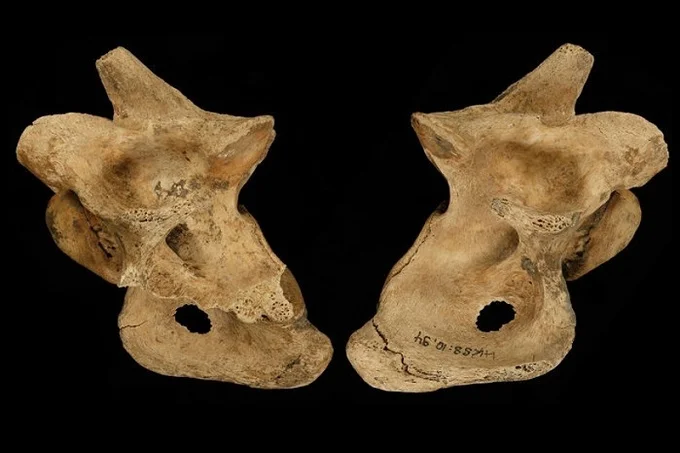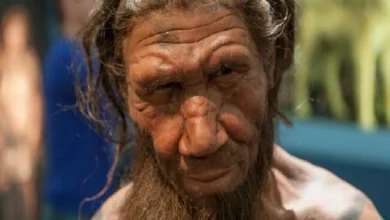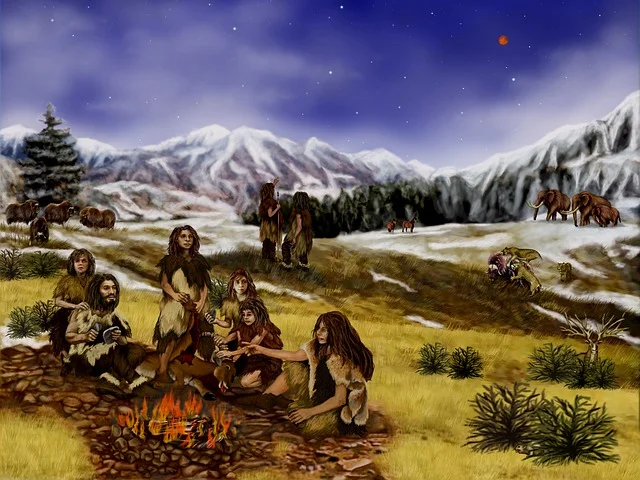Understanding the secrets of Neanderthal hunting strategies

Damage to the bones of dead deer and ballistic experiments with wooden spears have allowed scientists to figure out exactly how Neanderthals hunted.
German scientists have examined the remains of deer killed by Neanderthals, reconstructed their wooden spears, and showed exactly how our extinct relatives hunted in the dense forests of Paleolithic Europe.
The work was led by Sabine Gaudzinski-Windheuser, a major archaeologist and director of the Center for Archaeological Research at the Romano-Germanic Central Museum. Her findings are presented in an article published in Nature Ecology & Evolution.
The fact that Neanderthals were meat-eaters and actively hunted big game is not a secret. Both animals remain with traces of wounds, and carving and hunting weapons, including spearheads, are found at their camps.

But how exactly did our extinct relatives hunt? Stalked and hunted? Did they wait in ambush? Did they throw their weapons from a distance, or did they approach the beast and hit it with a direct strike?
Based on a large number of severe injuries common to the Neanderthals’ remains, it is customary to choose the second option. However, there are also alternative views – up to the fact that early humans fed on carrion, using sharp tools to protect and carve the carcass. Deer bones harvested by Neanderthals about 120,000 years ago, found at the Neumark-Nord site in Germany, provide clear evidence of Middle Paleolithic hunting in Europe.
Bone fragments from the pelvis and cervical spine of two adult males of the extinct species Dama geiselana were excavated a couple of decades ago and were recently examined again – using microscopy, 3D reconstructions, and ballistic experiments. The bones of both animals showed traces of wounds inflicted by weapons, and their orientation, depth, degree of bone-cracking, and other signs pointed to a strong blow that could have been delivered by a wooden spear during direct contact between the hunter and the game. The authors also reconstructed a similar 1.8-meter-long wooden spear and used it to wound a deer carcass, showing that similar wounds do not appear when thrown and a direct blow is necessary.

In general, scientists already know that at that time the area near the site of Neumark-Nord was not at all similar to the open African savannah in which our direct ancestors hunted at that time.
It was a relatively narrow strip of dense forest sandwiched between lakes – extremely difficult to directly confront with a large and strong animal and hardly suitable at all for the use of throwing weapons. According to scientists, hunting was possible only in well-coordinated groups, with direct contact and the use of spears in a collective fight with the beast.



